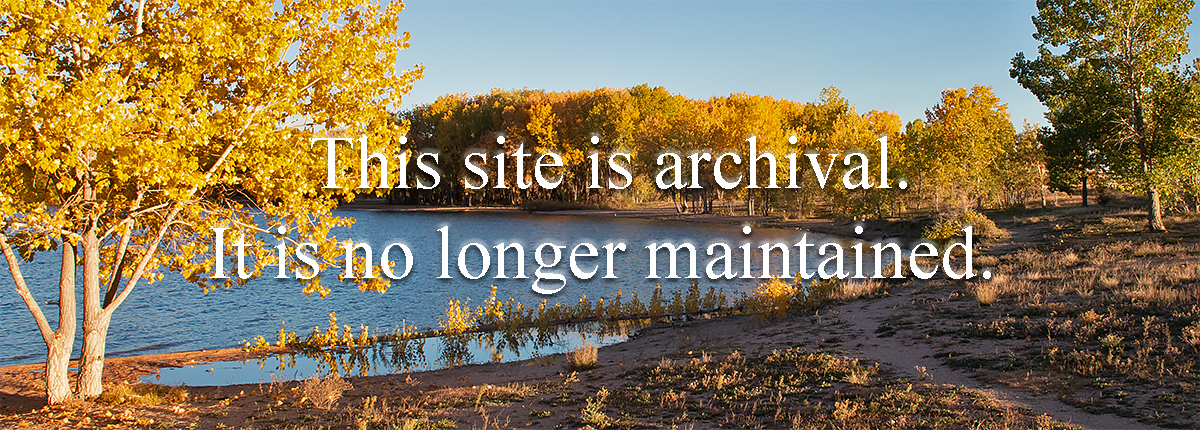Background: Chatfield State Park is a critical recreational and environmental resource for the Denver metro area as well as out-of-state visitors. It hosts approximately 1.5 million visitors annually who enjoy boating, swimming, hiking, birdwatching, dog-training, scuba-diving, horseback riding, photography and other activities. Chatfield has also been designated an Important Bird Area by the National Audubon Society, due to its importance for migrating, nesting and over-wintering bird species. Some 350 species have been recorded there. A January 2, 2011 article in the Denver Post put the Chatfield Reallocation on the front page.
Our concerns:
- Initially all the parties involved, including the Audubon Society of Greater Denver, thought that the impacts would be fairly benign. Now it appears that they will be massive, and that mitigation of some impacts will be very difficult, if not impossible.
- ASGD is urging FULL disclosure and complete mitigation of all environmental impacts on Chatfield State Park.
- Because the majority of the water rights in question are very junior, reservoir levels will fluctuate, leaving mud flats and a “bathtub ring” as much as two-thirds of the time, in years when there is not enough precipitation to provide the extra acre-feet of water that the providers own. We urge that the DEIS draw a complete, accurate picture of these fluctuations and provide some idea of how often we can expect the reservoir to be full, and for how long.
- It may not be possible to fully mitigate certain impacts, such as the loss of the cottonwood gallery forest and free-flowing stream segments: the South Platte River, Plum Creek, Deer Creek.
- Alternatives are the heart of the NEPA analysis, but it does not appear to us that other alternatives for water supply – underground aquifer storage, increased efforts at water conservation, use of gravel pits and/or expansion of other existing water storage facilities in the vicinity of Chatfield – received SERIOUS consideration in this process.
- This project may well set a precedent that will not be a positive one for State Parks, that even if a reservoir is part of a Park it can be co-opted for water storage no matter how destructive the impacts may be to recreation and the environment.
- The DEIS will be a massive document, over 2,000 pages long. We are concerned that only a 60-day review period is planned; the public needs at least 90 and perhaps 120 days to examine the document.
- The project should comply with the Clean Water Act, Section 404, which specifies that the only thing permittable is the least environmentally damaging practicable alternative.
